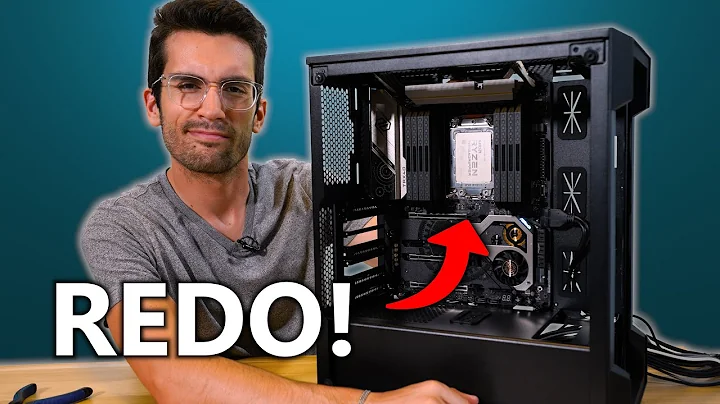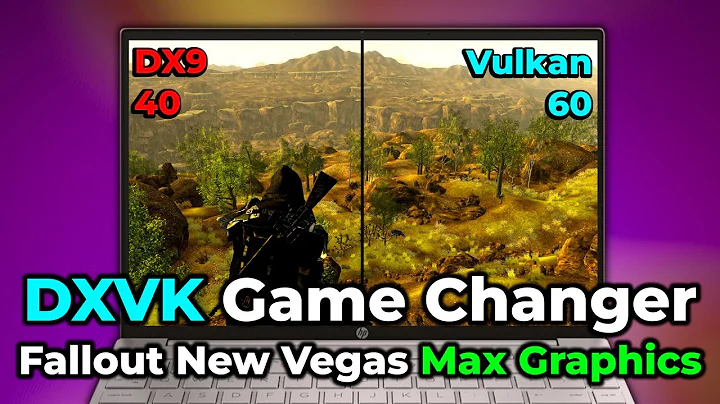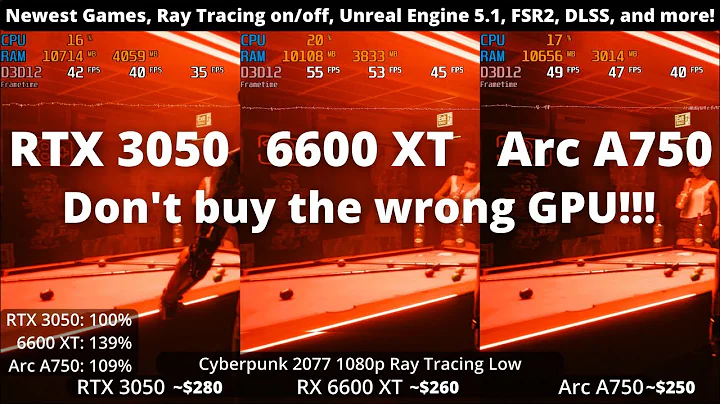Deutsche Telekom Boosts T-Mobile Stake: What It Means for 5G
Table of Contents
- Introduction
- Deutsche Telekom's Increased Stake in T-Mobile: Implications for 5G Service Delivery
- Background of Deutsche Telekom's investment
- Potential impact on new 5G services
- Opportunities within the enterprise sector
- Pros and cons of the increased stake
- Dish's Carrier Aggregation and the Potential of 600 MHz Spectrum
- Dish's recent permission for 5G testing in Cheyenne
- Advantages of the 600 MHz spectrum for coverage
- Potential for aggregation with other carriers
- Implications for better speeds and coverage
- Intel's Acquisition of Open Source Startup, Anakai
- Overview of Intel's software-centric strategy
- Importance of the acquisition in bolstering networking capabilities
- Role of open source in Intel's strategy
- Expectations for future expansions in this area
- AT&T's Exploration of 6G and Experimental Licenses
- AT&T's request for experimental licenses
- Sub-terahertz band availability and specific spectrum requests
- Collaboration with the University of Texas Austin 6G Research Center
- Importance of millimeter Wave as a stepping stone to terahertz
- Australian Utility's Deployment of 5G Drones for Power GRID Serviceability
- Benefits of using 5G drones for power grid inspections
- Funding from the 5G Innovation Initiative program in Australia
- Potential for adoption in other parts of the world
- Role of video analytics in enhancing drone capabilities
- Nephos: The Linux Foundation and Google Cloud's Open Source Edge Orchestration Solution
- Introduction to Nephos and its objectives
- Participation of telcos, cloud providers, and network function vendors
- Analysis of the participating organizations
- Google's strategy to strengthen its edge cloud capabilities
- Conclusion
Deutsche Telekom's Increased Stake in T-Mobile: Implications for 5G Service Delivery
Deutsche Telekom's recent increase in stake in T-Mobile, bringing it to nearly 50 percent, has raised questions about the potential impact on 5G service delivery, particularly in the enterprise sector. While T-Mobile has been primarily consumer-centric in the past, the increased investment from Deutsche Telekom indicates confidence in T-Mobile's performance and execution of its 5G deployment. This development presents an opportunity for T-Mobile to leverage Deutsche Telekom's expertise and resources to define additional 5G services, especially within the enterprise. However, the implications of this increased stake come with both pros and cons. On one HAND, it signifies a positive outlook for T-Mobile's growth and expansion. On the other hand, it raises concerns about the extent of control Deutsche Telekom aims to have over T-Mobile, considering they are both publicly listed companies.
Dish's Carrier Aggregation and the Potential of 600 MHz Spectrum
Dish's recent permission from the FCC to conduct 5G testing in Cheyenne, Wyoming, for aggregating frequencies in the 600 MHz spectrum has ignited interest in the potential advantages of this spectrum. Being the Second-largest holder of 600 MHz spectrum after T-Mobile, Dish has an opportunity to create a nationwide network with extensive coverage. Although the 600 MHz band may not deliver high speeds, it offers excellent coverage, making it suitable for certain use cases. By aggregating this spectrum with other carriers that possess 600 MHz licenses, Dish can enhance speeds and address the criticism of lower bands regarding speed limitations. This approach of doing more with less holds promise in optimizing spectrum usage and improving coverage, thereby driving the evolution of 5G networks.
Intel's Acquisition of Open Source Startup, Anakai
Intel's recent acquisition of the open-source startup Anakai aligns with its software-centric strategy and ambition to strengthen its networking capabilities. As a semiconductor provider, Intel aims to offer more comprehensive solutions, encompassing both hardware and software. Anakai, originating from the Open Networking Foundation (ONF), specializes in 5G SAS (Software as a Service) based on open-source principles. This acquisition complements Intel's focus on software-defined networking and further establishes its presence in the networking industry. By expanding its portfolio in the open-source space, Intel can provide customers with a true cloud-native approach, simplifying deployment, and management of multi-vendor cloud infrastructure and network functions.
AT&T's Exploration of 6G and Experimental Licenses
AT&T has taken a proactive approach by seeking experimental licenses from the FCC to explore 5G Advanced and 6G wireless systems. The requested licenses cover the sub-terahertz band, ranging from 95 GHz to 3 terahertz. This venture is significant as it demonstrates AT&T's commitment to pushing the boundaries of wireless technology. By focusing on the sub-terahertz band, AT&T aims to pave the way for future advancements beyond millimeter wave frequencies. The partnership with the University of Texas Austin 6G Research Center indicates the collaborative effort to drive innovation and research in this field. While terahertz technology is still in its infancy, AT&T recognizes the importance of understanding and testing millimeter wave frequencies as a stepping stone towards optimizing terahertz capabilities.
Australian Utility's Deployment of 5G Drones for Power Grid Serviceability
Endeavour Energy, an Australian utility, has recently made headlines by deploying 5G drones for the serviceability of its power grid. This innovative approach leverages the capabilities of 5G technology, video analytics, and AI to conduct inspections with precision and efficiency. By utilizing drones instead of traditional methods that involve rolling out trucks, Endeavour Energy ensures Timely inspections and Prompt identification of issues. This initiative, funded by the 5G Innovation Initiative program in Australia, showcases the potential benefits of integrating 5G technology into critical infrastructure. While currently focused on power grids, this model has the potential to be adopted in other parts of the world, revolutionizing infrastructure maintenance and improving overall efficiency.
Nephos: The Linux Foundation and Google Cloud's Open Source Edge Orchestration Solution
The Linux Foundation and Google Cloud have joined forces to launch Nephos, an open-source project aimed at delivering carrier-grade, cloud-native edge orchestration. Nephos offers a Simplified approach to deploying and managing multi-vendor cloud infrastructure and network functions across large-Scale edge deployments. With participation from telecom operators, cloud providers, and network function vendors, Nephos intends to streamline the onboarding of network functions to production by leveraging Kubernetes-based automation and common automation templates. This project signifies Google's determination to strengthen its edge cloud capabilities globally, potentially closing the gap with its competitors, AWS and Azure. Nephos, with its emphasis on cloud-native principles, seeks to reduce costs associated with adopting cloud and network infrastructure and offers a promising solution for enhanced edge computing.
Conclusion
As the world continues to advance in the era of 5G, various developments and initiatives are shaping the future of connectivity. Deutsche Telekom's increased stake in T-Mobile signifies a positive outlook for 5G service delivery, particularly within the enterprise sector. Dish's exploration of carrier aggregation in the 600 MHz spectrum promises improved speeds and coverage, addressing key challenges associated with lower bands. Intel's acquisition of Anakai reinforces its software-centric strategy and strengthens its networking capabilities. AT&T's interest in exploring the possibilities of 6G signifies an eagerness to stay at the forefront of wireless technology. Endeavour Energy's deployment of 5G drones showcases the benefits of leveraging advanced technology for critical infrastructure maintenance. Finally, Nephos, the collaboration between the Linux Foundation and Google Cloud, represents a significant step towards simplifying edge orchestration and enhancing cloud-native capabilities. Overall, these developments contribute to the advancement of 5G technology and pave the way for a connected and innovative future.
Highlights
- Deutsche Telekom's increased stake in T-Mobile creates opportunities for enterprise-focused 5G services.
- Dish's carrier aggregation in the 600 MHz spectrum improves speeds and coverage for better user experience.
- Intel's acquisition of Anakai strengthens its networking capabilities and emphasizes a software-centric strategy.
- AT&T's exploration of 6G demonstrates its commitment to pushing the boundaries of wireless technology.
- Endeavour Energy's deployment of 5G drones revolutionizes power grid inspections and maintenance.
- Nephos, the Linux Foundation and Google Cloud's open-source project, simplifies edge orchestration for enhanced cloud-native capabilities.
FAQ
Q: What does Deutsche Telekom's increased stake in T-Mobile imply for future 5G services?
A: Deutsche Telekom's increased stake indicates a positive outlook for T-Mobile's 5G service delivery, especially within the enterprise sector. It provides an opportunity for T-Mobile to leverage Deutsche Telekom's expertise and resources, potentially leading to the development of new 5G services.
Q: How does Dish's carrier aggregation in the 600 MHz spectrum benefit users?
A: Dish's carrier aggregation allows for the combination of the 600 MHz spectrum with other carriers' frequencies. This improves speeds and coverage, addressing the limitations associated with lower bands. Users can expect enhanced performance and a better overall experience.
Q: What is the significance of Intel's acquisition of Anakai?
A: Intel's acquisition of Anakai aligns with its software-centric strategy and strengthens its networking capabilities. It enables Intel to offer more comprehensive solutions by integrating open-source software into its portfolio. This acquisition enhances Intel's position in the networking industry.
Q: Why is AT&T exploring 6G?
A: AT&T's exploration of 6G showcases its commitment to staying at the forefront of wireless technology. By seeking experimental licenses and partnering with the University of Texas Austin 6G Research Center, AT&T aims to drive innovation and further advancements in wireless systems beyond current limits.
Q: How does Endeavour Energy's deployment of 5G drones benefit power grid maintenance?
A: Endeavour Energy's use of 5G drones revolutionizes power grid inspections by offering timely and precise serviceability. With the help of advanced video analytics and AI capabilities, drones can efficiently identify issues and streamline maintenance processes, resulting in improved grid reliability.
Q: What is Nephos, and what role does it play in edge orchestration?
A: Nephos is an open-source project initiated by the Linux Foundation and Google Cloud. It focuses on providing carrier-grade, cloud-native edge orchestration solutions. Nephos simplifies the deployment and management of multi-vendor cloud infrastructure and network functions in large-scale edge deployments, enabling cost-effective and efficient operations.
 WHY YOU SHOULD CHOOSE TOOLIFY
WHY YOU SHOULD CHOOSE TOOLIFY
































